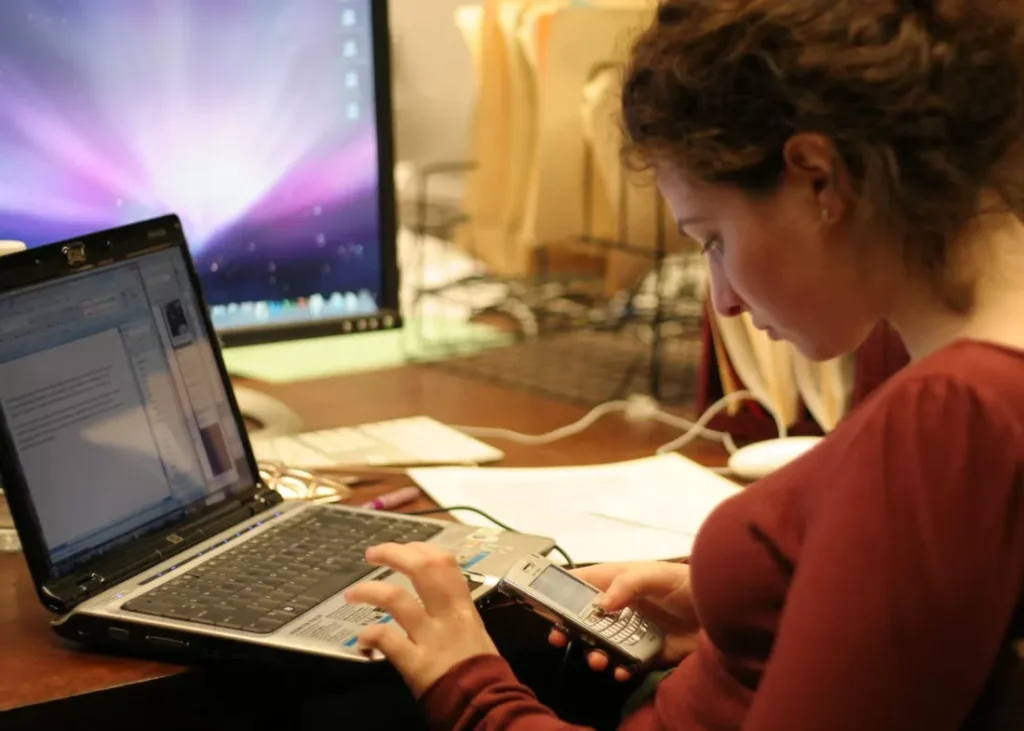Before Touchscreens Took Over
By Veronica Wade August 25, 2025
Two years after the iPhone debuted, the best-selling phone in America wasn’t Apple’s touchscreen marvel. It was the BlackBerry Curve. You may be wondering, how is that possible? Didn’t the iPhone kill keyboard phones? Actually, it was more complicated than that.
While it’s true that BlackBerry as a brand didn’t survive the transition to touchscreen phones, the iPhone was not the only reason for that shift. To understand the appeal of the BlackBerry, it’s important to remember what a laptop looked like in the late 2000s…
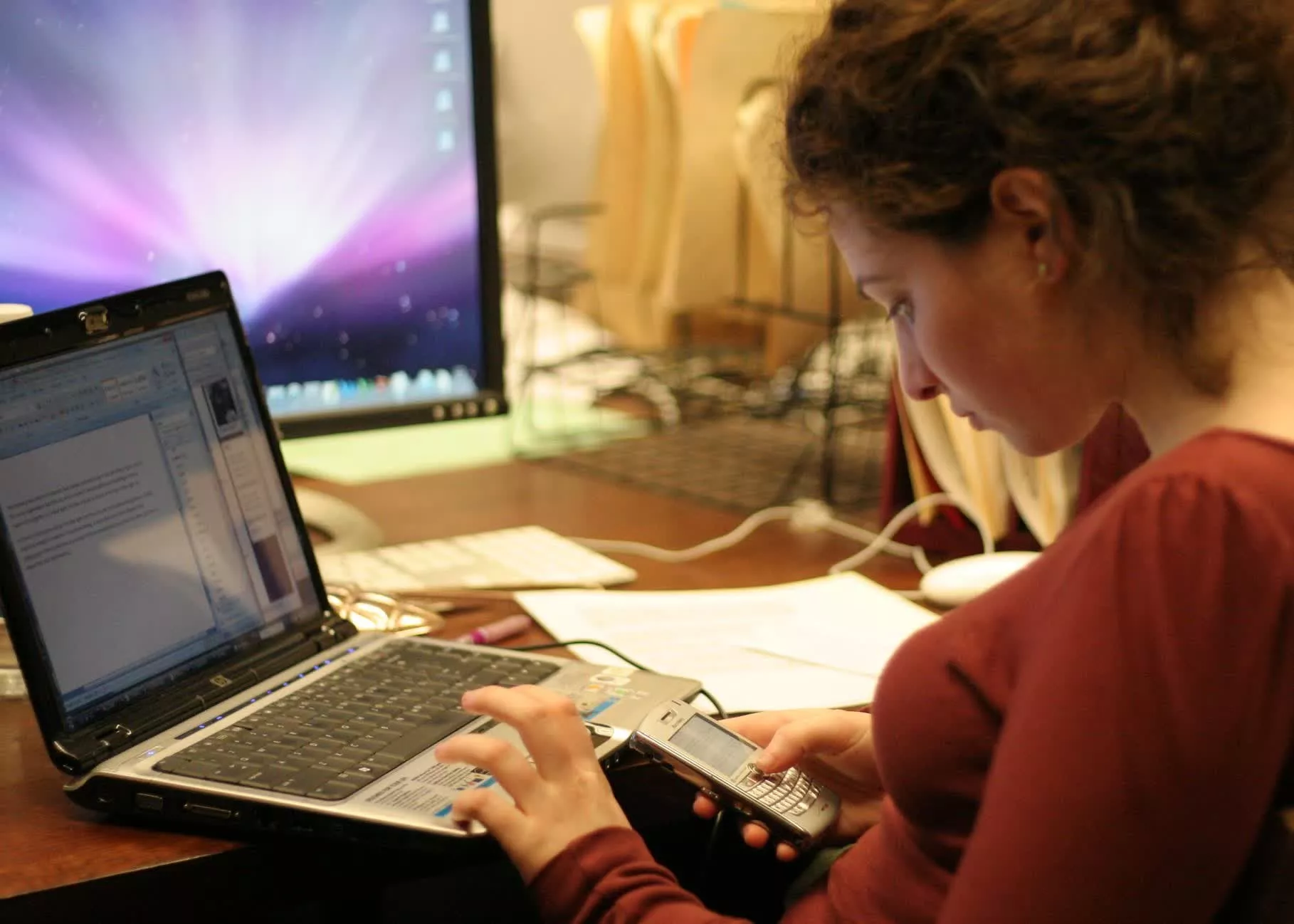
At the time, most laptops ran on spinning 2.5 inch hard drives because flash memory was still very expensive. They could take minutes to boot. They were thick, heavy, and were often carried on their own padded cases because they would not fit in a regular bag. The original MacBook Air was thinner, but it came with a painfully slow micro hard disk unless you shelled out $999 for a smaller SSD.
Simply put: you didn’t lug around a laptop just to answer a few emails. For that, you used a keyboard phone.
The iconic tech gadgets that shaped our world. From groundbreaking gaming consoles to revolutionary mobile devices and music players, discover the legends of technology.
Setting the Stage
The Curve was the culmination of a culture born decades earlier. In 1984, engineering students Mike Lazaridis and Douglas Fregin founded Research In Motion (RIM) in Waterloo, Ontario, a sleepy college town that would briefly become the Silicon Valley of the North. RIM started with barcode tech but quickly pivoted to wireless data, pioneering packet-switched messaging on the Mobitex network in the early 1990s.
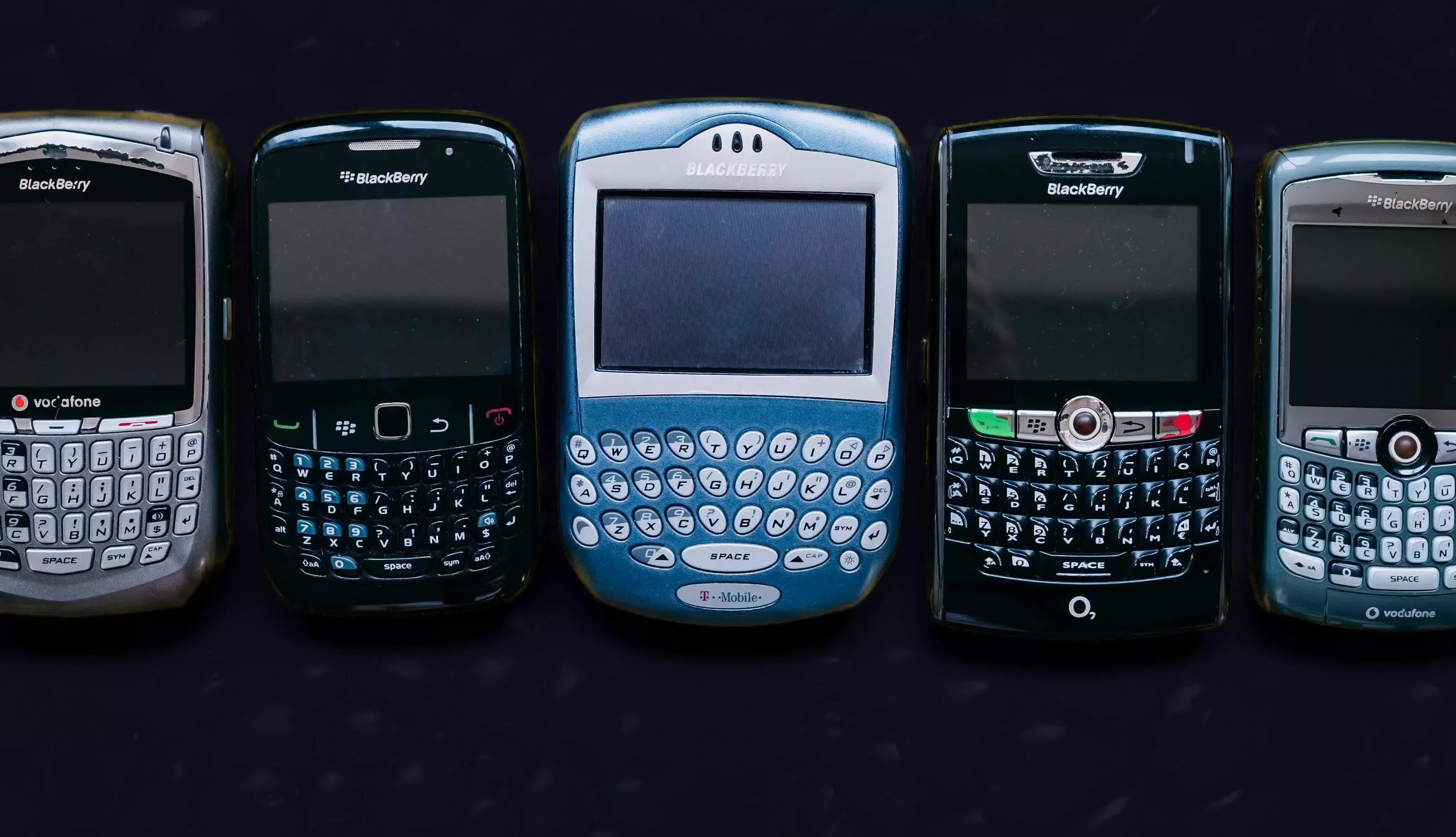
That foundation made RIM the king of push email. By 1999, its pager-like devices were already giving Wall Street traders and government bureaucrats a taste of the future: secure, always-on communication. Unlike Palm or Windows Mobile, BlackBerry didn’t need a stylus. It used scroll wheels and tiny but tactile keyboards. In 2005, BlackBerry Messenger (BBM) introduced read receipts, encryption, and a whole new etiquette for digital conversation.
But through the mid-2000s, BlackBerry was still a corporate thing. You’d see it in a boardroom, not a dorm room. Consumers gravitated toward devices like the LG Chocolate – phones as much about design and media as email. By the late 2000s, a phone was no longer just a communication device. It was also a backup camera and music player for whenever you didn’t want to carry another device.
The name “BlackBerry” itself was a stroke of branding genius. The drupelet-shaped keys looked like the fruit, and suddenly a staid enterprise tool had a friendlier, even playful, identity.
A Smartphone for the Masses
When the BlackBerry Curve debuted in May 2007 – only weeks prior to the first iPhone – it was pitched as the first truly mainstream BlackBerry – building on its business-first models with a sleeker look, camera, and media features. It came with a full QWERTY keyboard, a camera, a microSD slot for music and photos, and, most noticeably, a trackball. That trackball replaced the old scroll wheel, letting users flick around menus both vertically and horizontally.
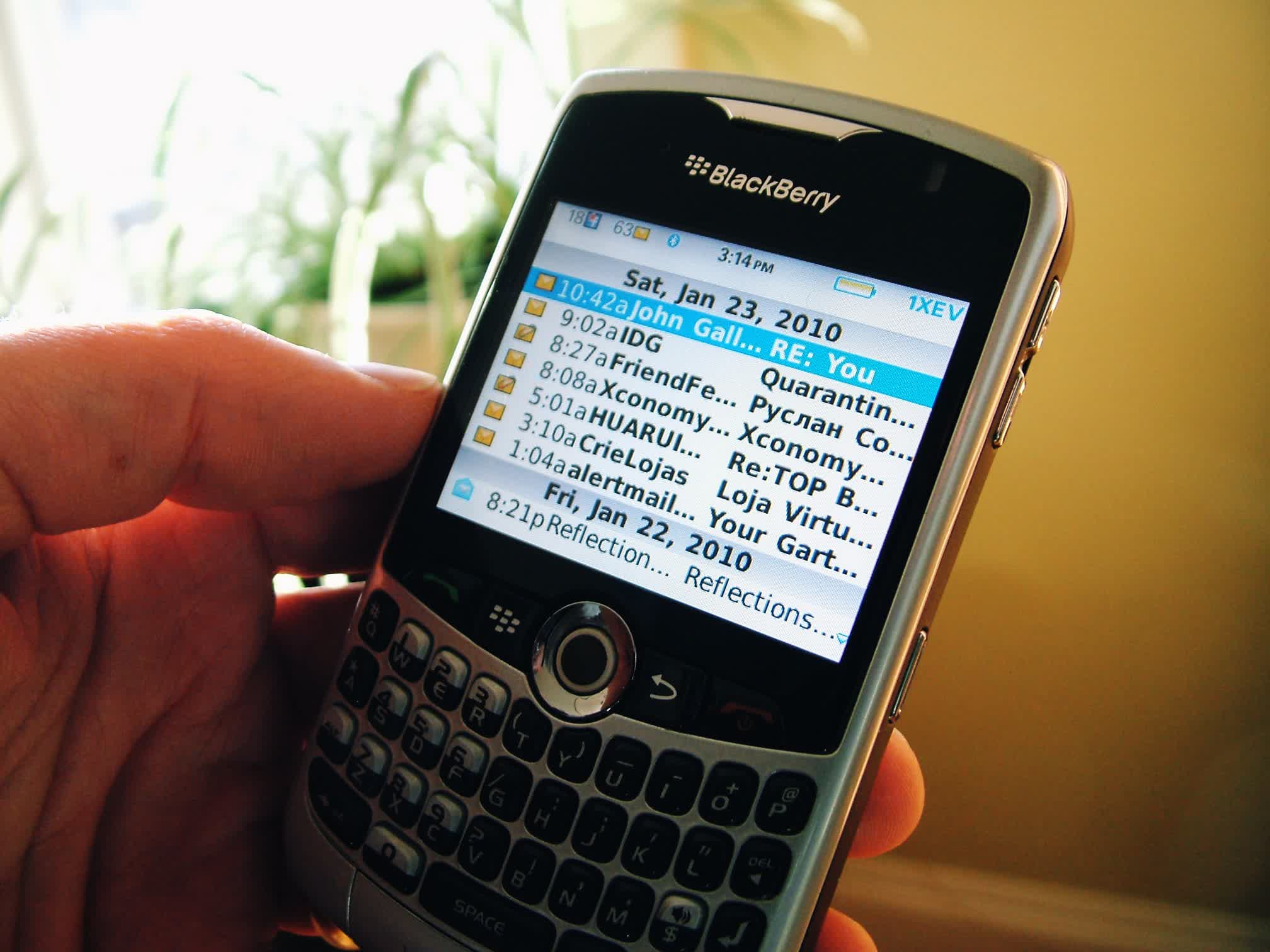
The Curve wasn’t sleek glass. But it was approachable and compact. For the first time, a BlackBerry wasn’t just your boss’s phone, and it was arguably the device that brought instant messaging on phones into the mainstream beyond simpler SMS. It had half of the iPhone’s screen size with a 320 x 240 resolution, but the physical keyboard allowed for blind typing and the lost art of texting under the table.
Critics praised its elevated design, bright screen, and the inclusion of a 3.5 mm headphone jack – an unusual but welcome touch at the time.
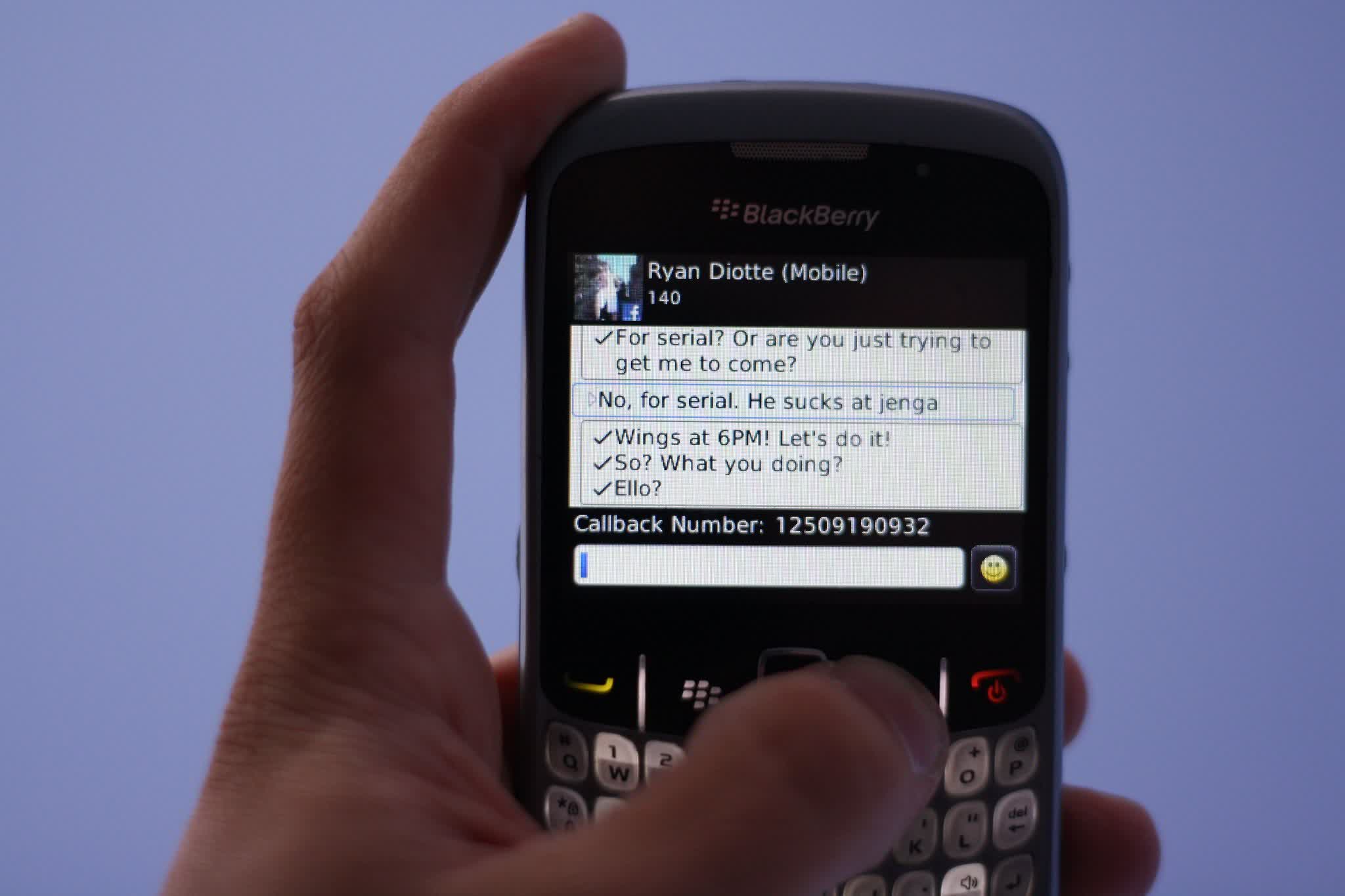
The original Curve was actually a group of models known as the 8300 series, with differentiating features like Wi-Fi and GPS. However, the direct answer to the iPhone arrived the following year. The BlackBerry Bold had the same resolution as the iPhone in the same horizontal format as the Curve, premium materials and 3G connectivity (like the iPhone added that year).
For a time users loved that the Curve was a solid productivity tool with genuine entertainment perks. The trackball (borrowed from the smaller BlackBerry Pearl) made navigation a breeze, while the full QWERTY keyboard ensured fast messaging. Add to that the media player and stereo jack, and it became a compelling all-rounder.
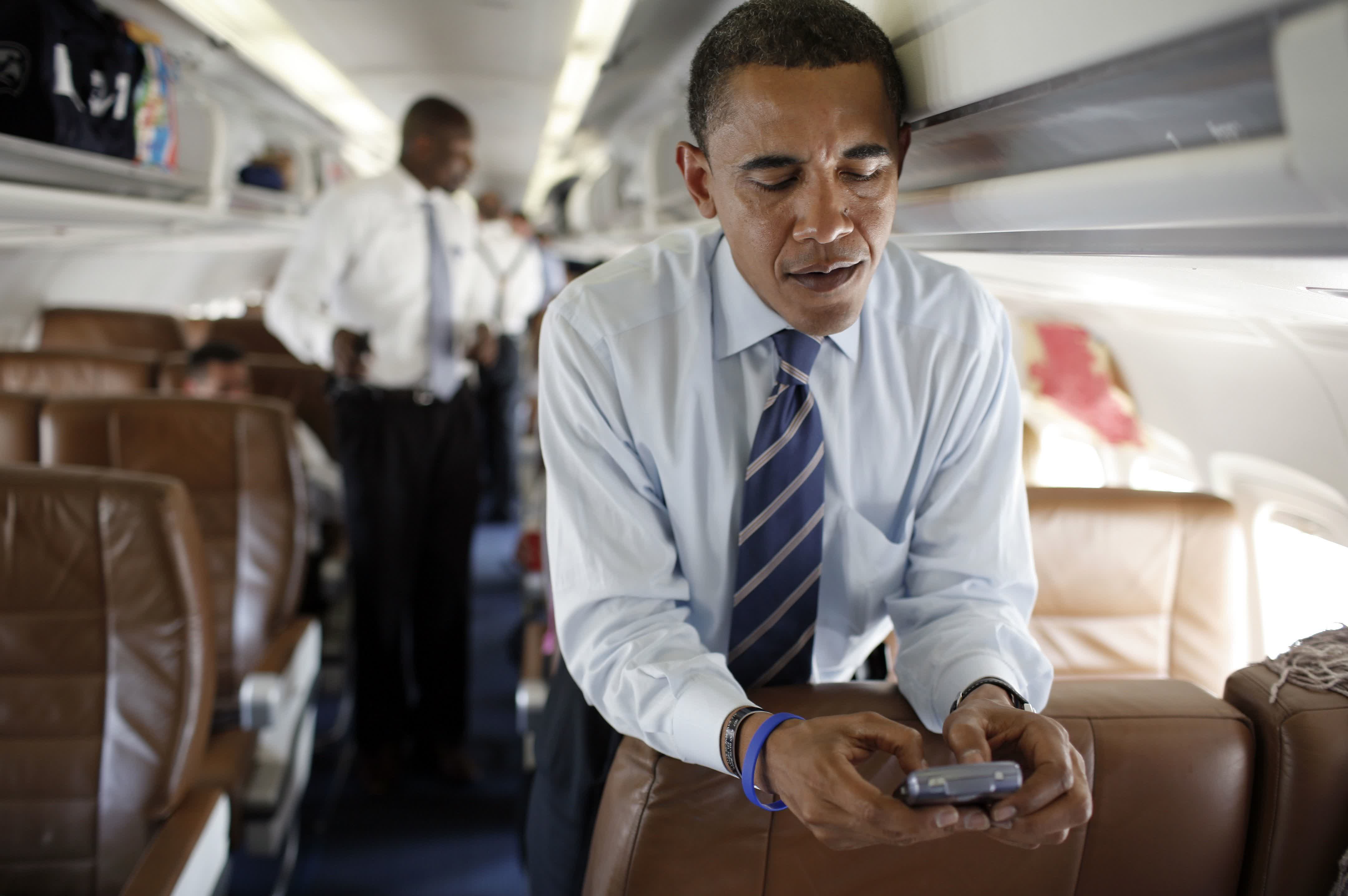
President Obama’s 2008 election campaign, where he was often seen with a BlackBerry phone, was the best advertisement RIM could have asked for. BlackBerry’s popularity in the US made it the default phone brand in Hollywood movies and TV shows of the era.
The sitcom Curb Your Enthusiasm used a BlackBerry to demonstrate the phenomenon called nomophobia – the fear of losing access to one’s phone or the data on it.
Long before iPhones came in dozens of shades, RIM offered Curve models in vivid colors like Sunset Orange, Sapphire Blue, and Ballet Pink, a bold departure from the standard black/silver palette. This playful move made the Curve deeply popular with younger, fashion-conscious consumers.
In 2009, the Bold and Curve series both replaced the trackball with an optical trackpad, which was easier to clean. Around the same time, RIM launched the BlackBerry World store to compete with the App Store.
Keyboards Everywhere
At the height of the BlackBerry Curve’s popularity in 2009, the company controlled roughly half of the US smartphone market – even as the iPhone and Android were emerging. In fact, 2009 saw RIM ranked first on Fortune’s list of fastest-growing companies, thanks in large part to strong sales of the Curve series. Its blend of consumer appeal, messaging power, and performance made it a standout.
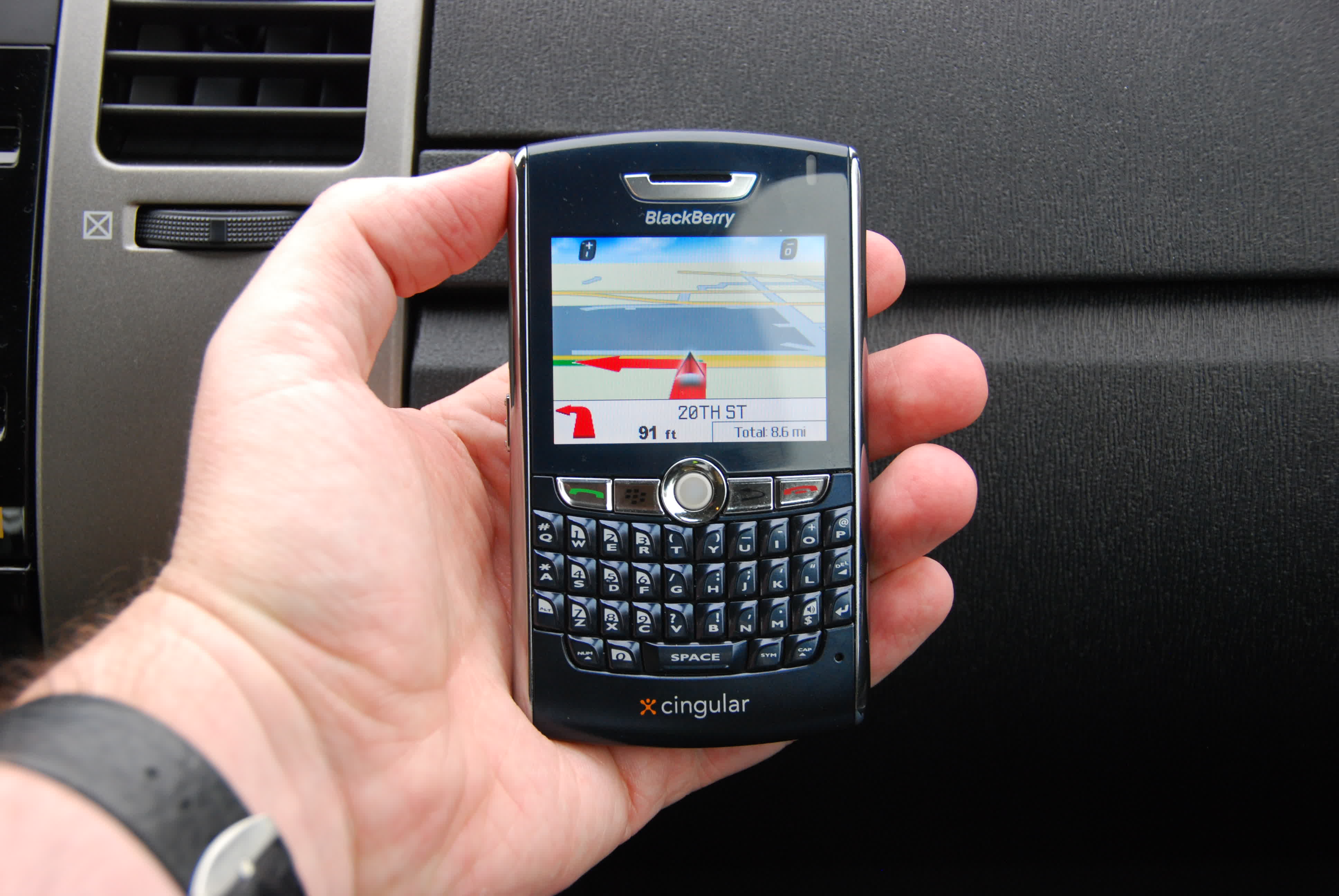
The battle between the iPhone and the Curve was less about Apple and RIM and more about the touchscreen versus the keyboard. RIM released its own touchscreen device, the BlackBerry Storm, where a tap acted like a mouse hover and a press was needed to emulate a click. The Motorola Droid combined a large touchscreen with a side sliding keyboard and became the first popular Android phone. RIM’s answer was the Torch series, which featured a bottom sliding keyboard.
The balance began to shift in 2010. Around the same time the redesigned iPhone 4 launched, Apple released the second generation MacBook Air with no hard disk option. The following year, Intel introduced the Ultrabook brand for thin laptops with solid state drives. The iPad pushed full screen tablets into the mainstream, but without a physical keyboard it never replaced the laptop.
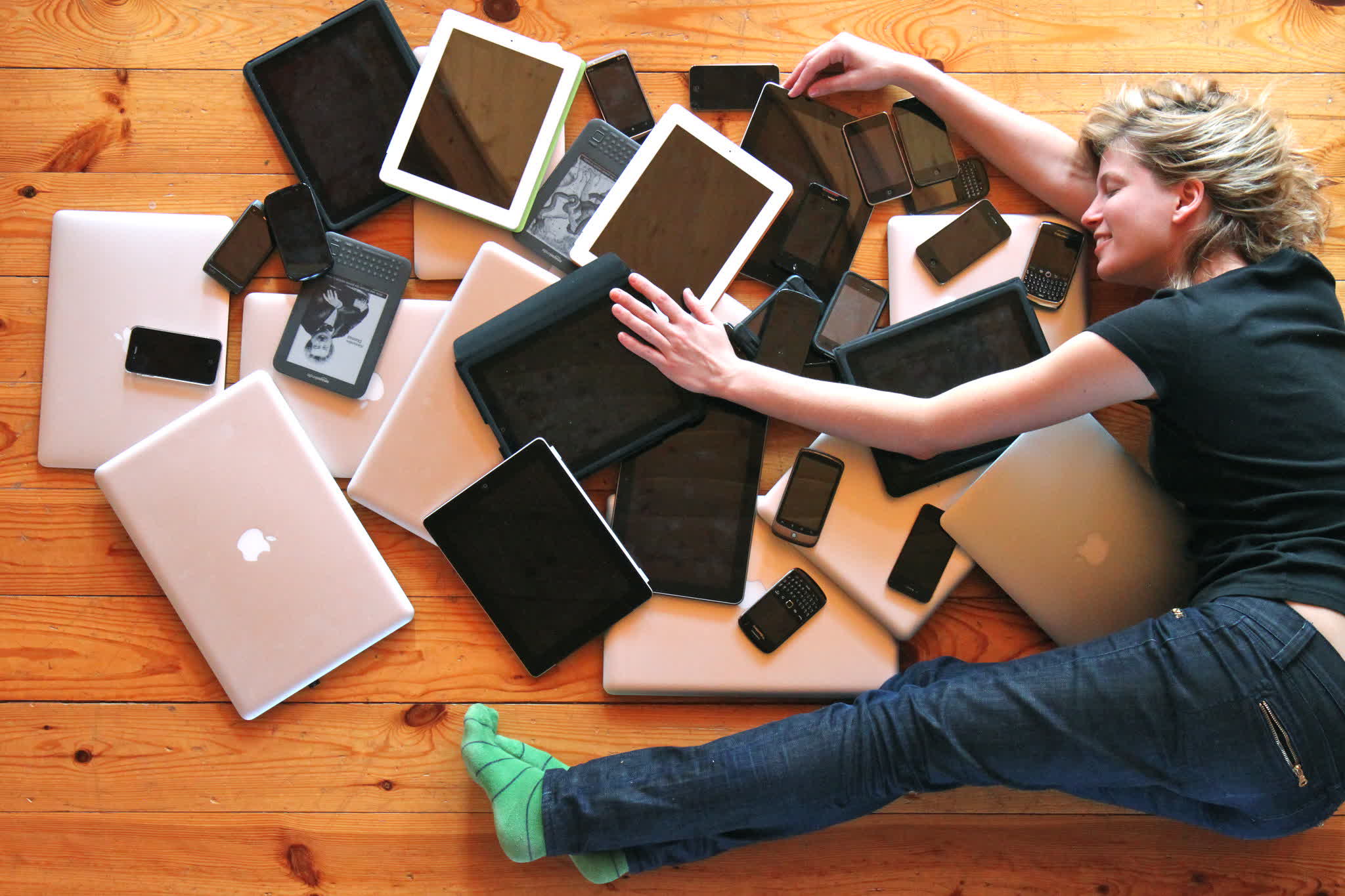
The need to look at the keyboard while typing proved less problematic for instant messaging, typically made of a sentence or two at a time. Facebook Messenger was released as an independent app to compete with the quickly growing WhatsApp. The iPhone 4s arrived with iMessage as Apple’s answer to BlackBerry Messenger.
As laptops became more portable and touchscreen phones became good enough for messaging, keyboard phones ended up in an awkward middle ground. People still wanted a keyboard, but not one attached to their phone. The Curve actually became the most popular phone in the UK in the early 2010s, but that was mainly because of its low price.
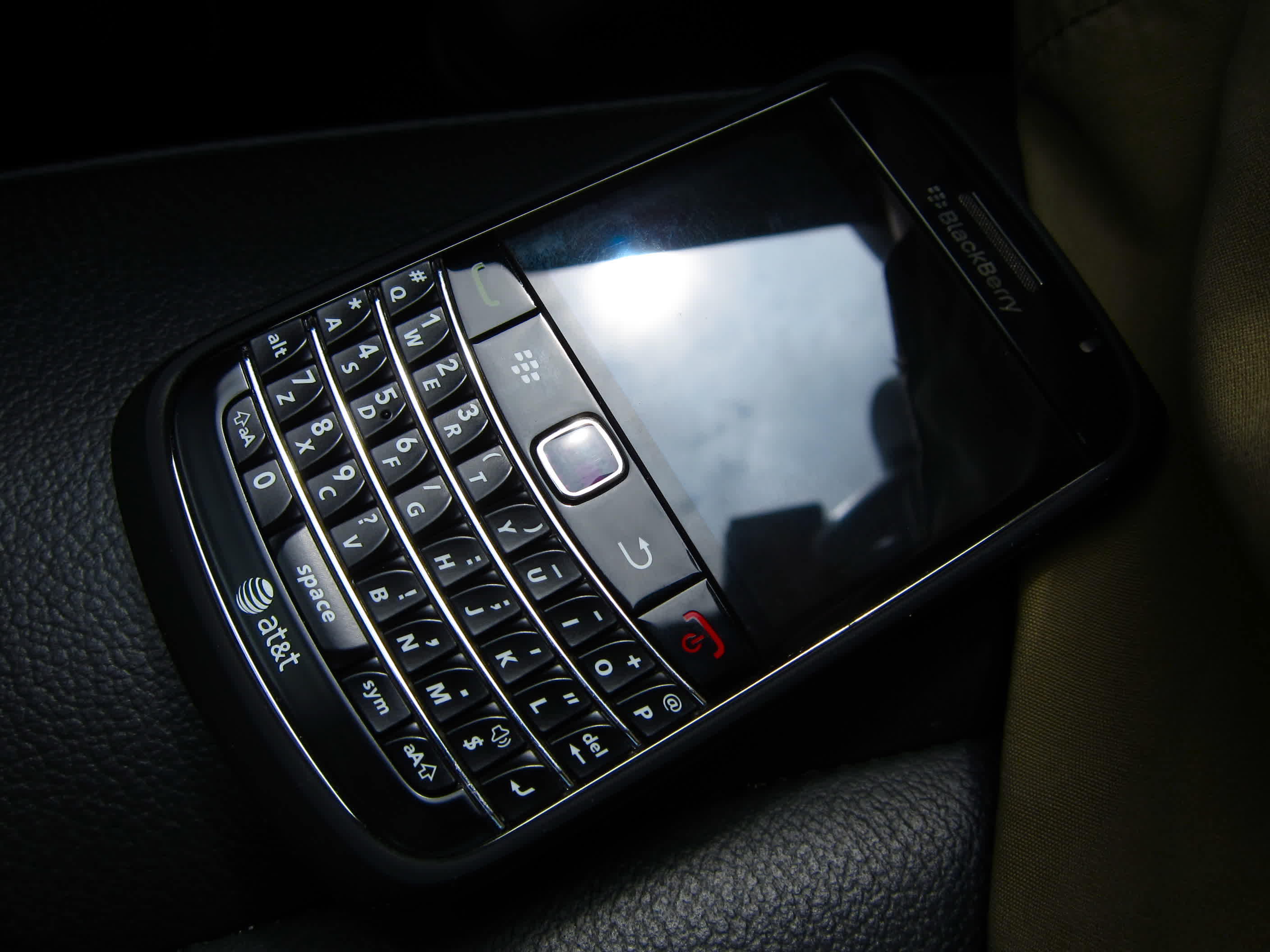
The final blow to the Curve and Bold series was arguably the widespread adoption of widescreen video on the internet. The iPhone 5 adapted by becoming longer while keeping the same width. The Curve and Bold could not do the same without becoming inconveniently wide.
RIM released touchscreen models in the Bold and Curve series in 2011. The Curve version did not even have a keyboard, which made the name seem out of place. Both series were discontinued with the launch of the BlackBerry 10 operating system in early 2013.
Ahead of the Curve
RIM became BlackBerry, and BlackBerry tried everything to stay relevant. The BlackBerry Q10 featured a 720 x 720 touchscreen paired with a keyboard. The oversized BlackBerry Passport was a surprise success with its 1440 x 1440 display, but it was a niche product that could not save the failing BlackBerry 10 platform on its own. The BlackBerry Classic was essentially a Q10 with the trackpad and navigation keys of the earlier Curve and Bold models.
The Android based BlackBerry Priv introduced a bottom sliding keyboard, but the push to make the phone thinner and longer resulted in a flat keyboard and a device that was awkward to hold near the bottom.
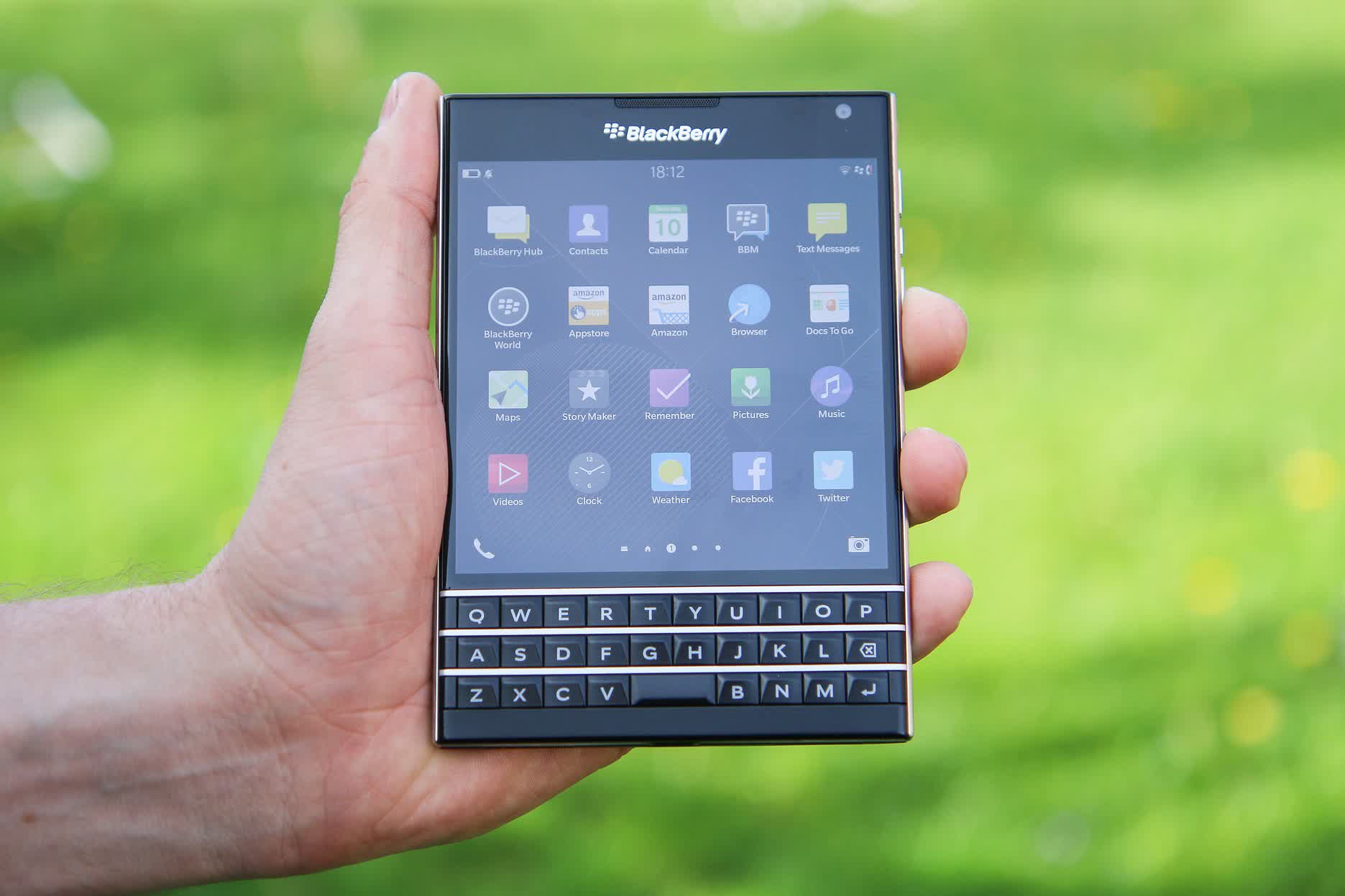
The last BlackBerry-branded keyboard phones were the KeyOne and Key2, sold by TCL with a vertical display and a non-sliding keyboard. As headphone jacks and SD card slots disappeared from the market, water resistance became another disadvantage for keyboard phones. The market had moved on.
BlackBerry’s keyboard phones are still missed by many. The resemblance between the Unihertz Titan 2 and the BlackBerry Passport is no accident. The Chinese company Zinwa has even purchased unsold stock of BlackBerry Classics, replaced the internals with modern components, and resold them with Android.
Like TiVo or the iPod, the era of keyboard phones as mainstream devices has ended, but that does not diminish how significant they were in their prime. People were not wrong to choose BlackBerry’s keyboard phones over the iPhone in the late 2000s. At the time, they were the best devices available for portable communication.
